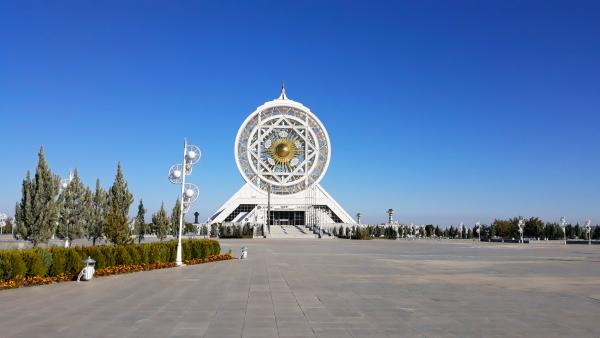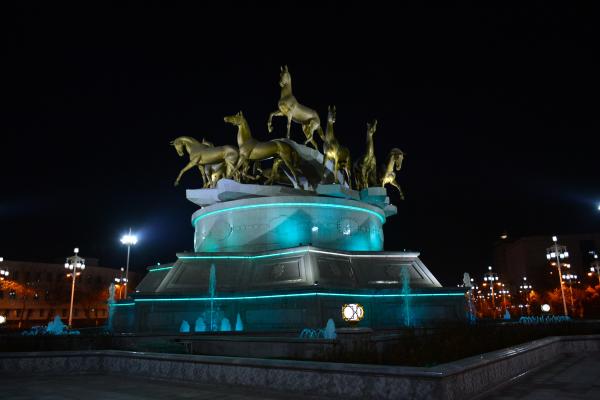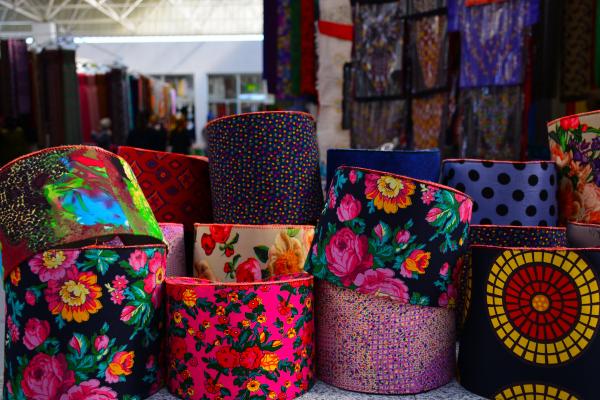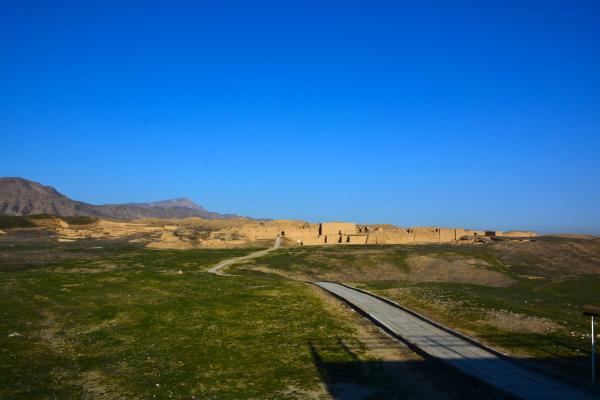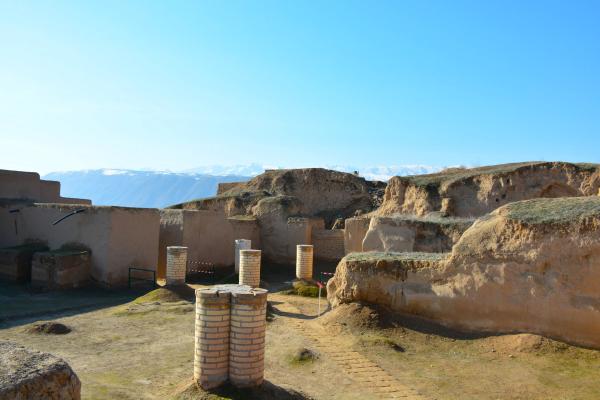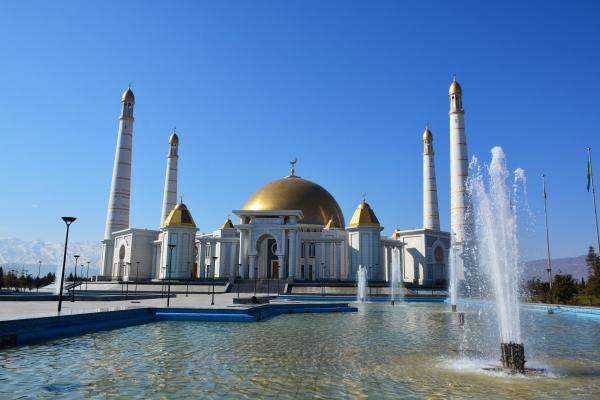Ashgabat
Ashgabat is the capital, as well as the scientific, cultural and administrative center of Turkmenistan. It repeatedly hit the Guinness Book of Records and can rightfully be considered one of the most interesting cities in Central Asia.
According to one of the legends, the history of the city of Ashgabat originates in the 3rd century BC, when the city of Nisa was built, which is the capital of the Parthian kingdom. In support of this theory is cited the similarity of the names of the modern city of Ashgabat and the dynasty of the Parthian rulers of the time - Ashkanids. According to another theory, the name of the city of Ashgabat comes from the Persian "Ashk" (love) and "Abad" (city).
Ashgabat is located in the south of Turkmenistan, from the north it is surrounded by the Karakum Desert, and from the south by the Kopetdag mountains. The city boasts a subtropical climate with sunny and warm weather in summer, as well as fairly warm winters with little snow. About one million people live in the city.
Ashgabat is an interesting city of contrasts. It combines remarkable historical sites, such as the ancient city of Nisa located 18 km from the modern city, and modern high-rise buildings; here you will find the famous Oriental bazaar Altyn Asyr (Golden Age) and the beautiful Guinness World Records TV and radio tower "Turkmenistan".
Among the sights of the city a special place is occupied by the unique weddings palace "Bagt koshgi". The modern eleven-storeyed three-level structure looks like an eight-pointed star. The complex includes six rooms for weddings, seven restaurants, 36 shops, a beauty salon and even a comfortable hotel.
In the south of the city there is an arch of unusual construction with a height of 83 meters - this is the “Monument of Neutrality”, personifying the aspiration for the development of the people of Turkmenistan. At the top of the arch stands a twelve-meter gilded sculpture and a developing flag, which rotates around its axis during the day, and watch the position of the sun.
Ashgabat is called the "city of white marble", this is due to the fact that it is the material that prevails in the architecture of the city. Almost all the buildings of the city have decorations of white marble, and the sidewalks of many streets are completely paved with them. Marble emphasizes the beauty and splendor of this unique oriental city.



